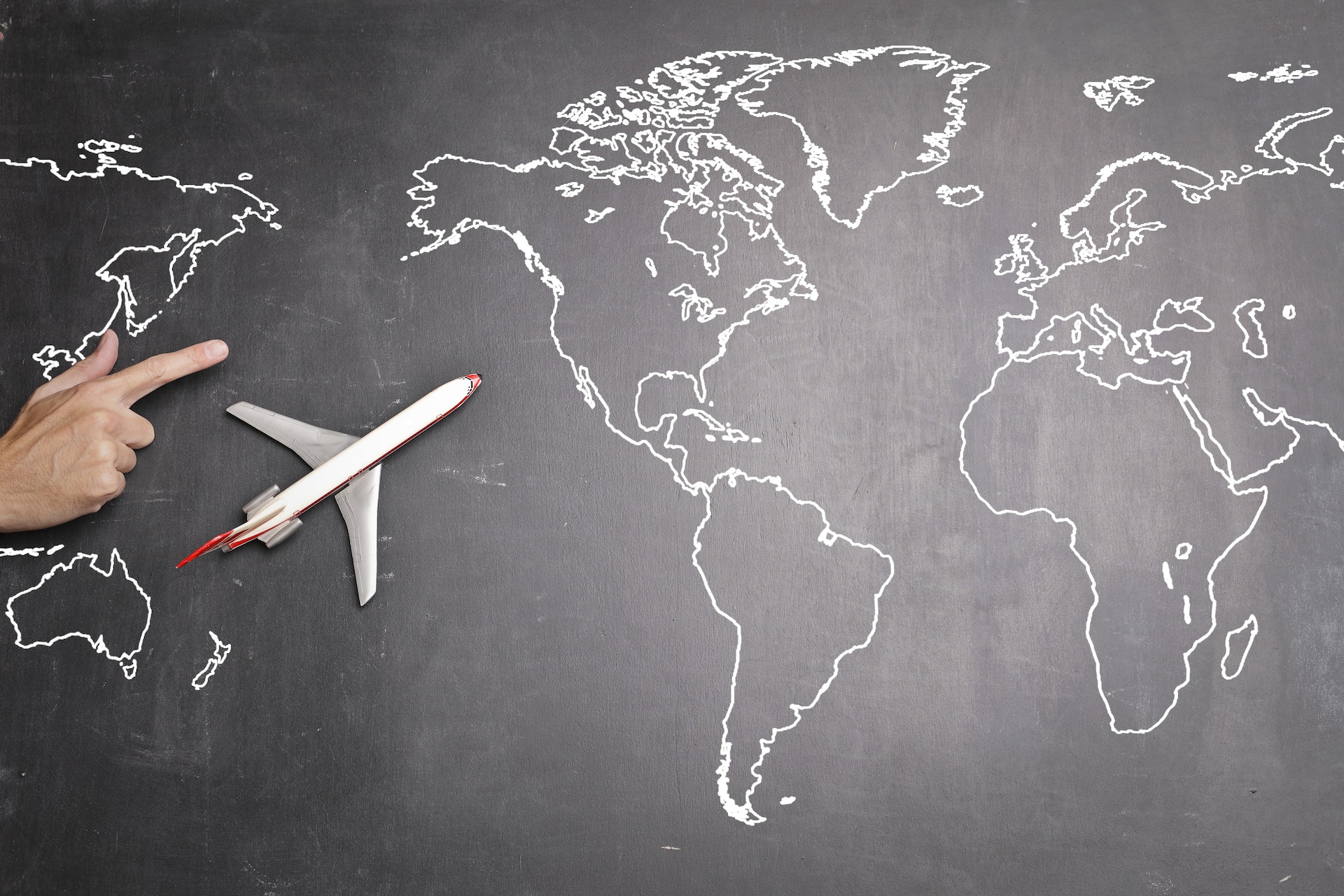After the long period of flight disruptions we all witnessed in 2020-21, most of us are noticing that flight prices are higher than they once were. In the US, airfare prices are up by almost 20% year on year.
In a nutshell, there are several reasons for this price increase:
- Increased consumer demand for both domestic and international flights after restriction-easing
- Shortage in the labor forces since airport staffing was cut in 2020-21
- Higher jet fuel prices
Why aren’t increased prices stopping passengers?
One of the reasons that airfares have increased is of course, because demand is there. It’s come back in full force after the period of restrictions.
Long-haul travel from the US to Asia in particular is having a moment. A survey conducted at the end of 2022 found that searches for trips to Asia in 2023 were surging. Tokyo, Ho Chi Minh City, and Bangkok were all in the spotlight despite an average price of $1,200 per round trip.
The reason for this sudden demand? Asian countries are among the most recent to lift travel restrictions.
Even demand for private jet travel is projected to remain high this year. It surged during the pandemic and has shown no signs of abating, despite a rise in the hourly costs of these services.
An Expansion in US Aviation
Now that the aviation industry in the US is on a growth trajectory once again, many of us are wondering if that will bring airfares back down.
Opinions on this are very mixed and no one can tell for certain. It’s likely to be a slow process for the aviation industry as they spend the year investing in more staff and technology to meet the high demand.
That being said, the initial rush of consumers to get back to airports following the lifting of restrictions has passed, so it’s to be hoped that prices won’t spike any further.
Technological advances
The long airport queues faced in 2022 caused many airlines to make net losses 2022, another reason why fares have increased. These delays have spurred airports to invest in new technology that will speed up the experience for everyone.
AI technology is being developed which improves all kinds of challenges airports and airlines face. There are new AI products that predict wind patterns better, efficiently track ground and airport operations, track seat demand, and finds new ways to save fuel.
Though in the short term, airports and airlines will need to spend money on new investments (impacting airfares), the idea is that this technology will bolster revenue in the future. Long-term, it should make the experience and the expenses of flying more efficient for everyone.











